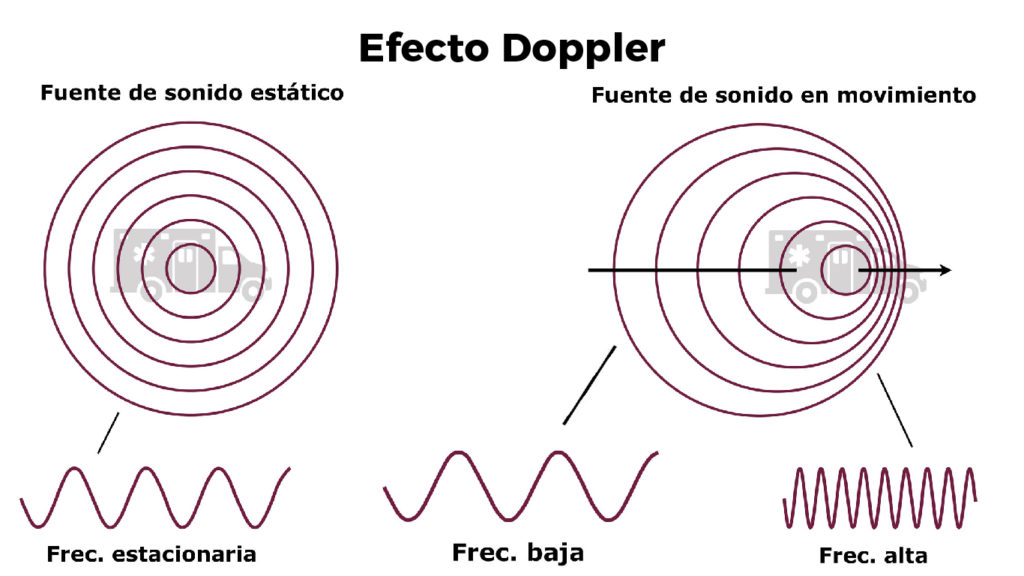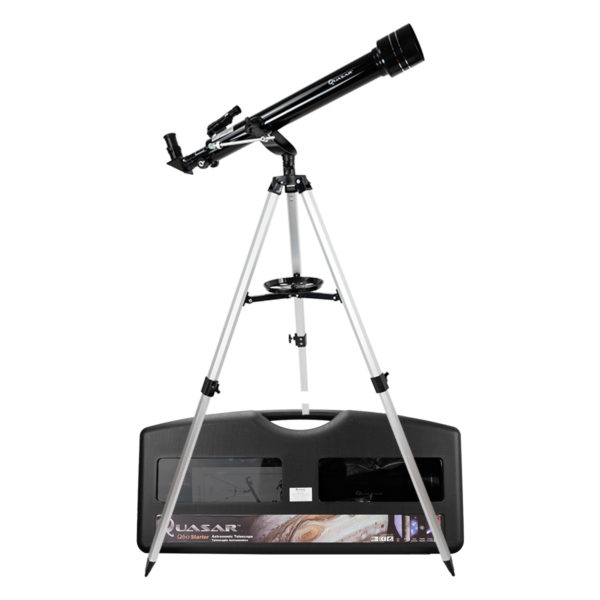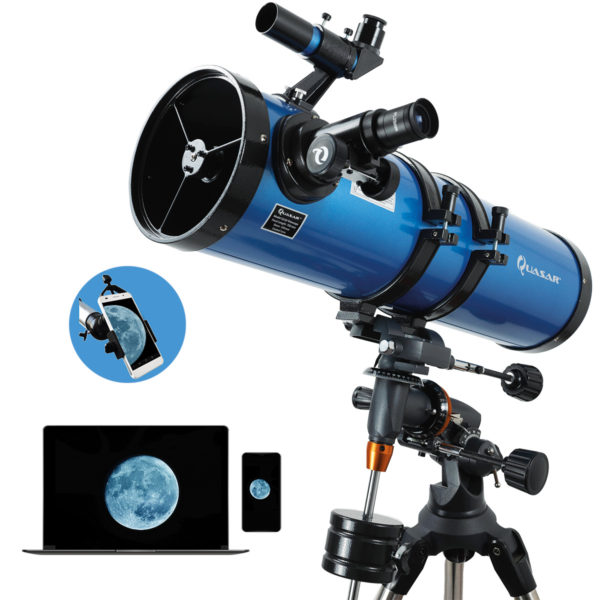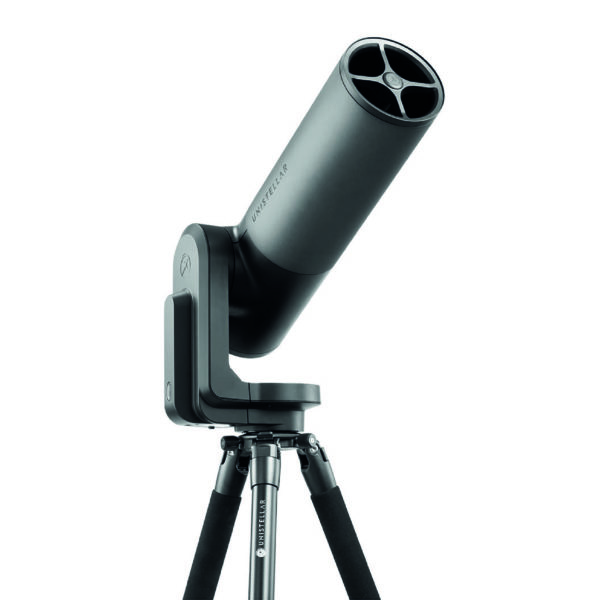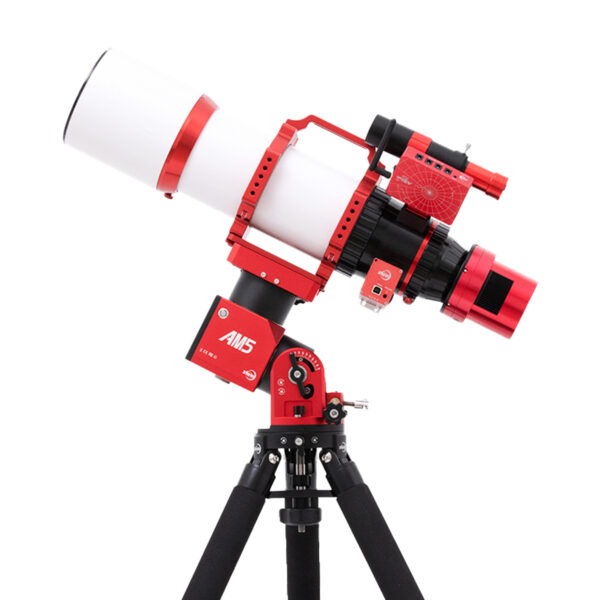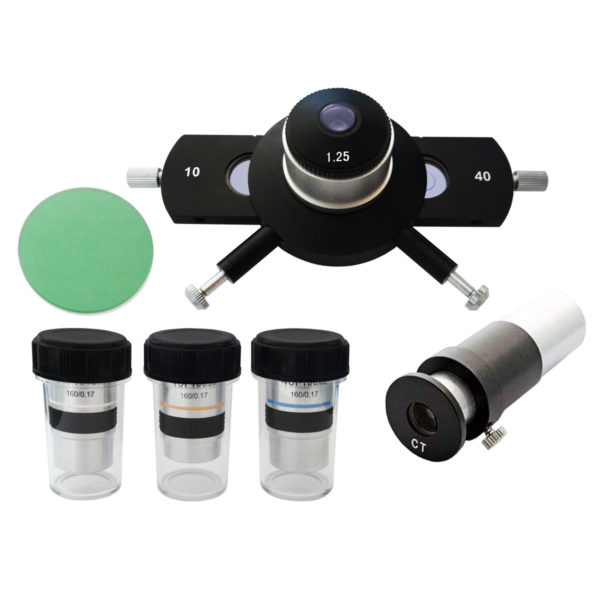First part the distances.
When we talk about space we always use terms like light years, and we refer to them as if they were nearby, we talk about a stellar neighborhood like the colony where we live and are, but the reality is that the distances in space are immense, sometimes unimaginable , and although such inconceivable notions inhabit our minds, thanks to science, the truth is that even so, more than one of us would be surprised by the immensity of the universe.
Our protagonists, the super galactic clusters, come in here, but first we have to clarify that small detail of the distances, so prepare yourselves that it will be a long explanation. Being honest in our daily life the term kilometer is perfectly imaginable, for example, our planet measures about 12,700 km in diameter, gigantic compared to the scale of the neighborhood where you live, traveling to another state or country can take hours, even days, depending the method of travel used.
Well Jupiter is 11 times bigger than the earth, Saturn 9 times, they are huge, but the sun is 100 times bigger, and its mass holds the solar system together, this is where we begin to see the true dimensions of the cosmos. The distance from the Earth to the sun is a relatively small distance in astronomical terms, and even so if we measured space distances in kilometers it would be impractical, so a new measurement system had to be created, one of them is the AU o Astronomical Unit, which is equivalent to the distance between our Sun and the Earth, in other words the Earth is one AU away from the Sun, which is 150 million kilometers, the Oort cloud is 100,000 AU from the Sun, here it is where we have already begun to handle scales that for many could be almost impossible to imagine, since another variable enters, the light years, the Oort cloud measures around three light years in diameter, if we want to be a little clearer on this we must highlight that a light year is equivalent to the distance that light travels in a year in a vacuum, and without getting into mathematical formulas, a light year could be equivalent to more or less nine and a half billion kilometers. Abrir en Google Traductor • Comentarios Traductor de Googlehttps://translate.google.com.mx › … languageSitios web. Traducción de texto. Detectar idioma. Detectar idioma. inglés. español.

Knowing and having a minimum understanding of these units of measurement is essential to understand the following.
Galaxies are varied in size, from dwarfs that measure a tenth of the Milky Way, to giants that are many times larger. In the observable universe it is believed that there are two billion galaxies, here is the question: Do they float alone or are they part of something bigger? It really is a difficult question, but scientists have taken advantage of a very particular phenomenon to answer the question, and the good thing is that this phenomenon happens on Earth which helps to understand it better, the Doppler effect.
What is the Doppler effect? Well, it’s very easy to answer, as the sound waves approach they group together and shorten the wavelength and raise the pitch, when they move away the waves spread out and lower it, in other words, let’s say an ambulance passes when the waves approach you. sirens sound loud, but when you move away they are heard less. Light has the same effect. When a light source moves towards the earth its wavelengths are shorter which moves them to the blue end of the spectrum, when they move away they are red shifted.
With this, scientists can tell if a cosmic object is approaching or moving away from us, this tells us that galaxies move in a complex way but under the influence of gravity many galaxies gather in what are called galactic groups around 50 galaxies, and in turn they come together in galaxy clusters of perhaps 1,000 or more galaxies, these in turn come together in one galactic supercluster that are the largest structures that humanity has observed, recently cosmologists have discovered the galactic supercluster of the which we are part of.
There is still a lot to explain, but we will leave it for the next part, for now we will stick with the units of measurement, distances and lengths because the next thing is the Super clusters of galaxies.
